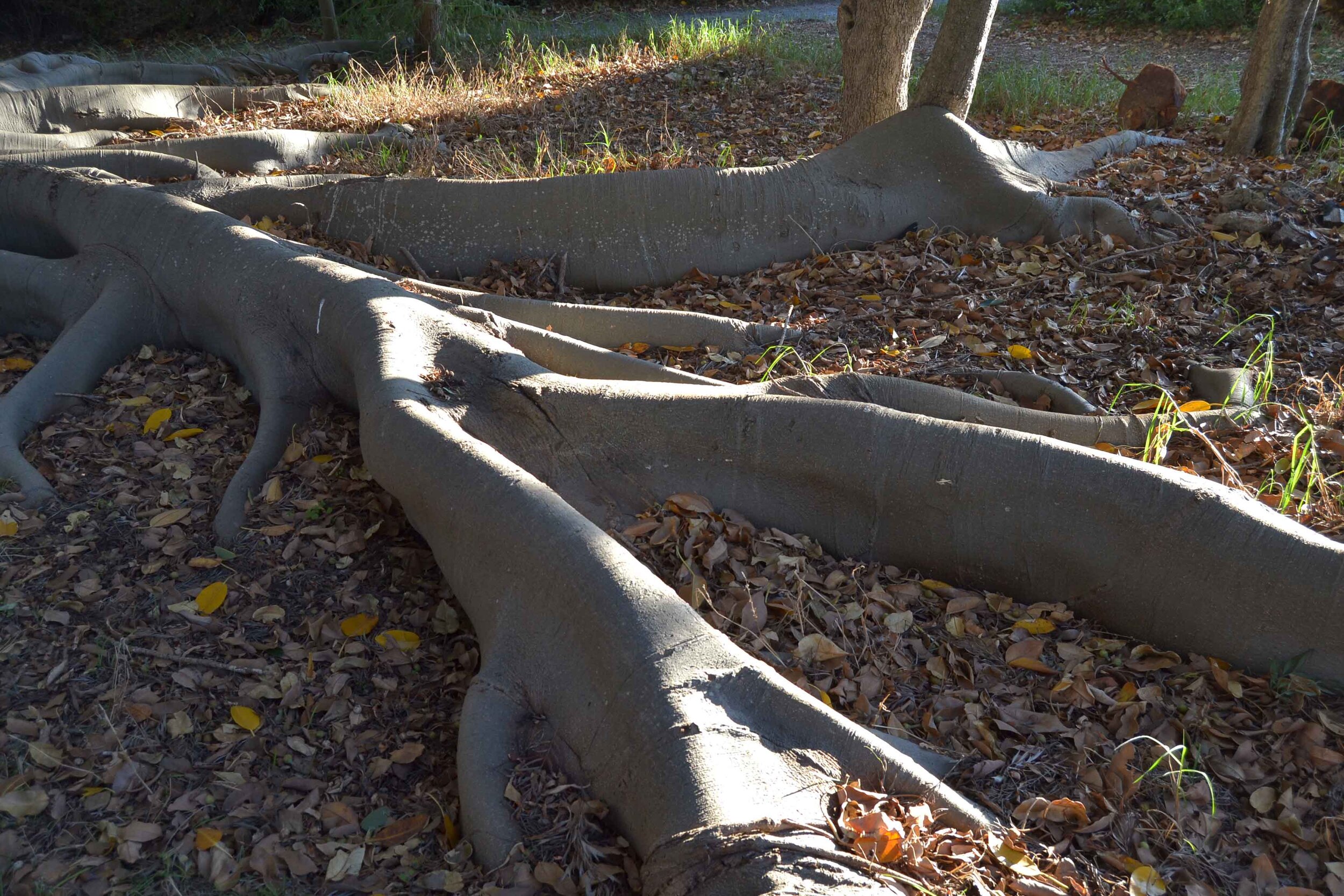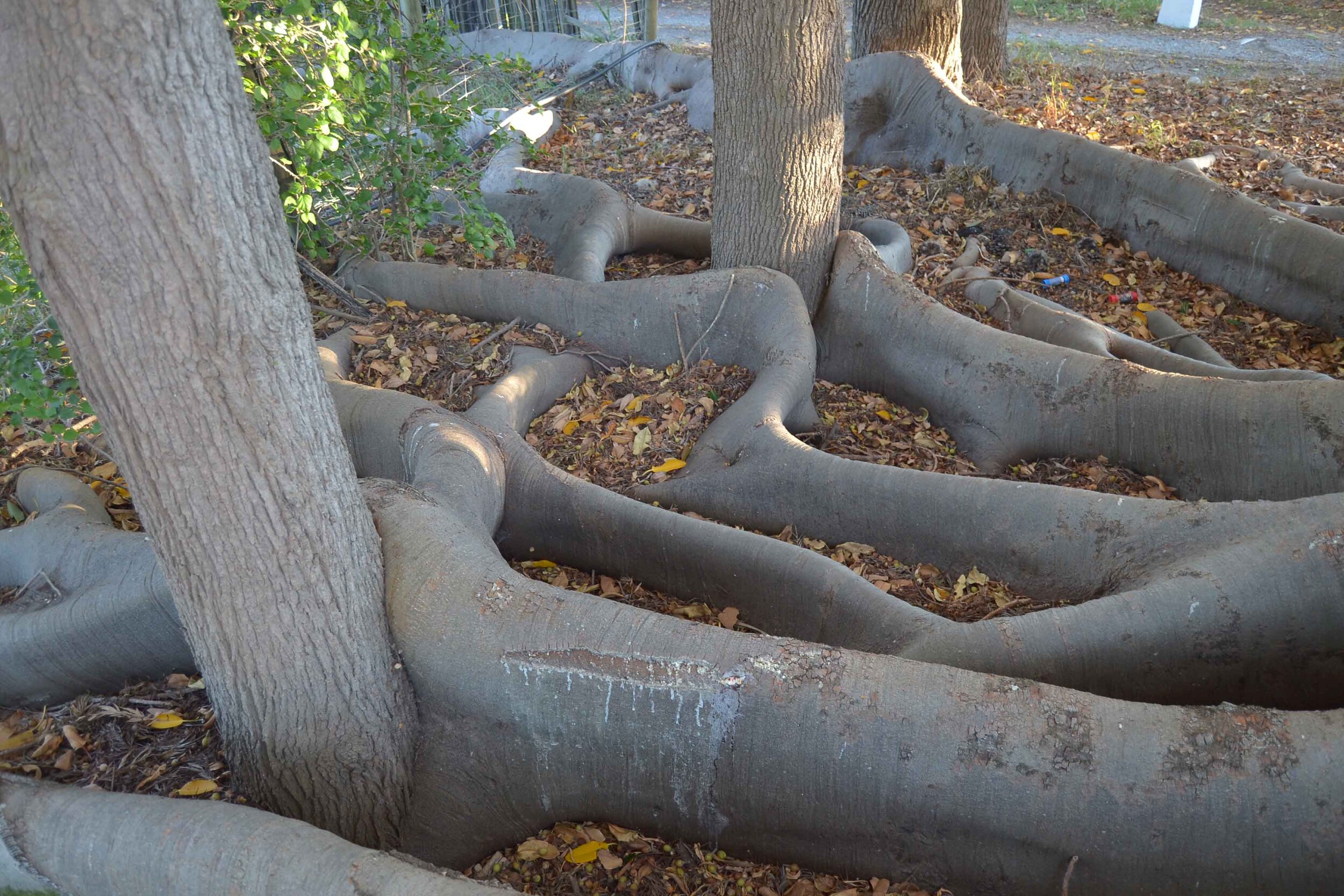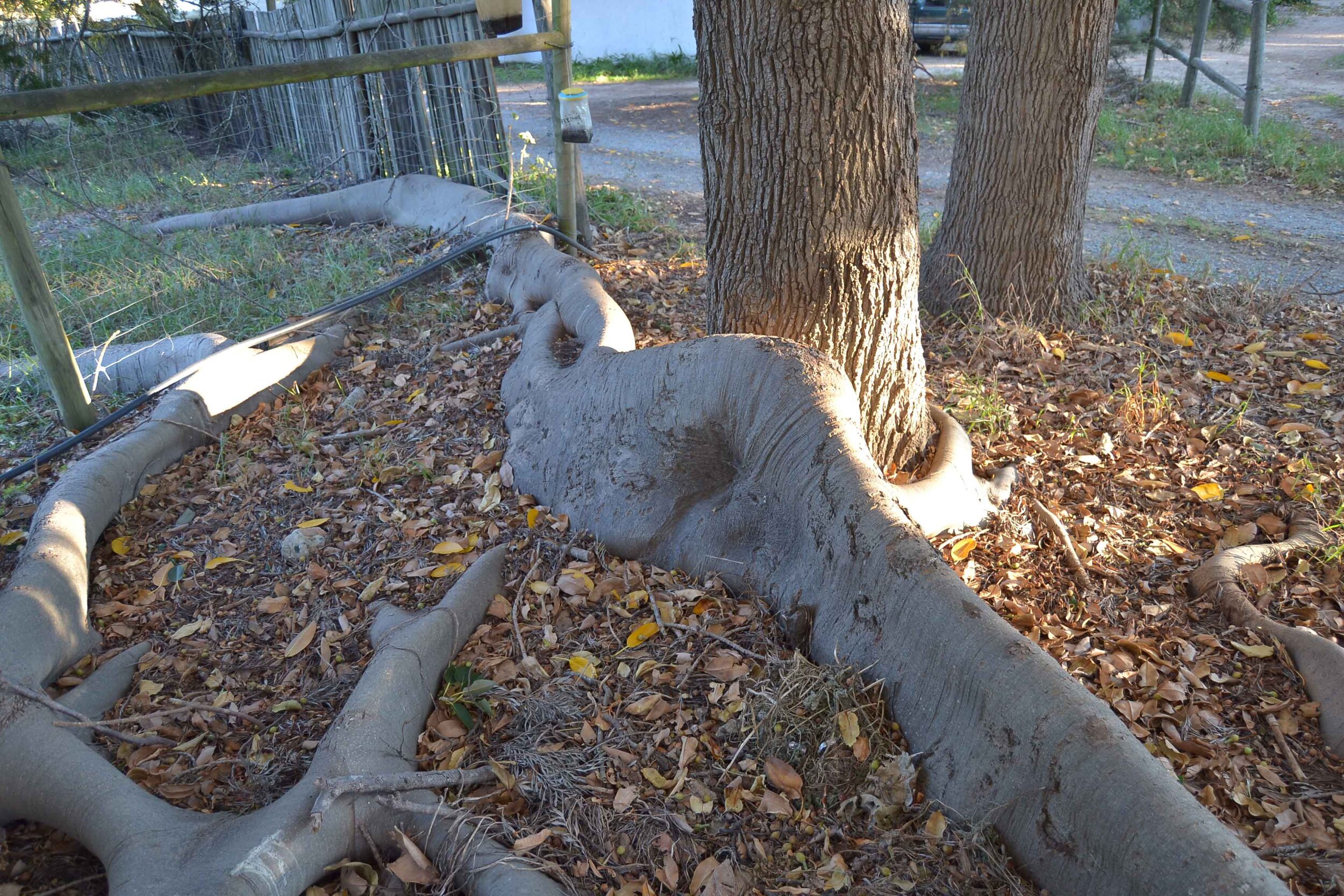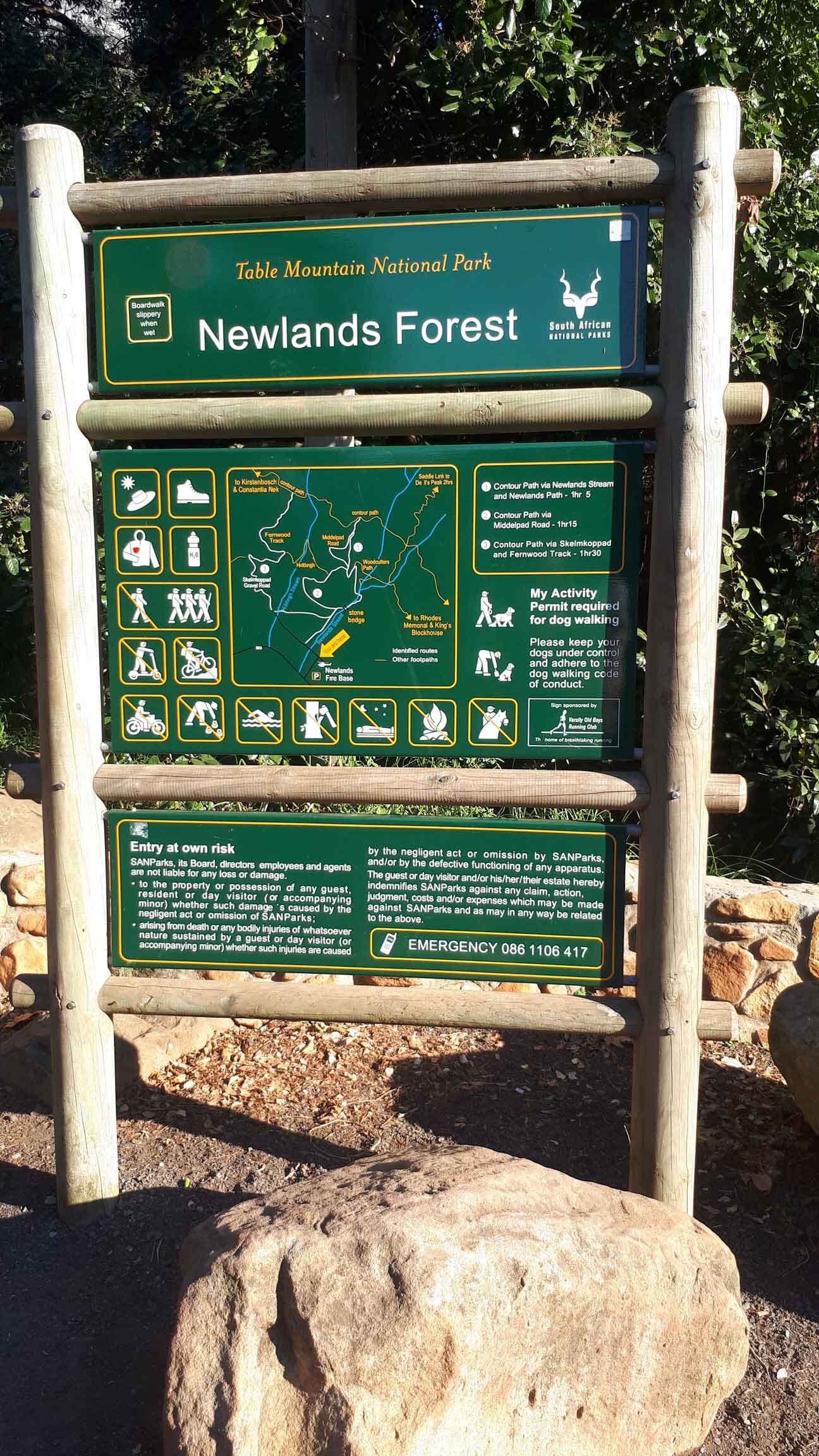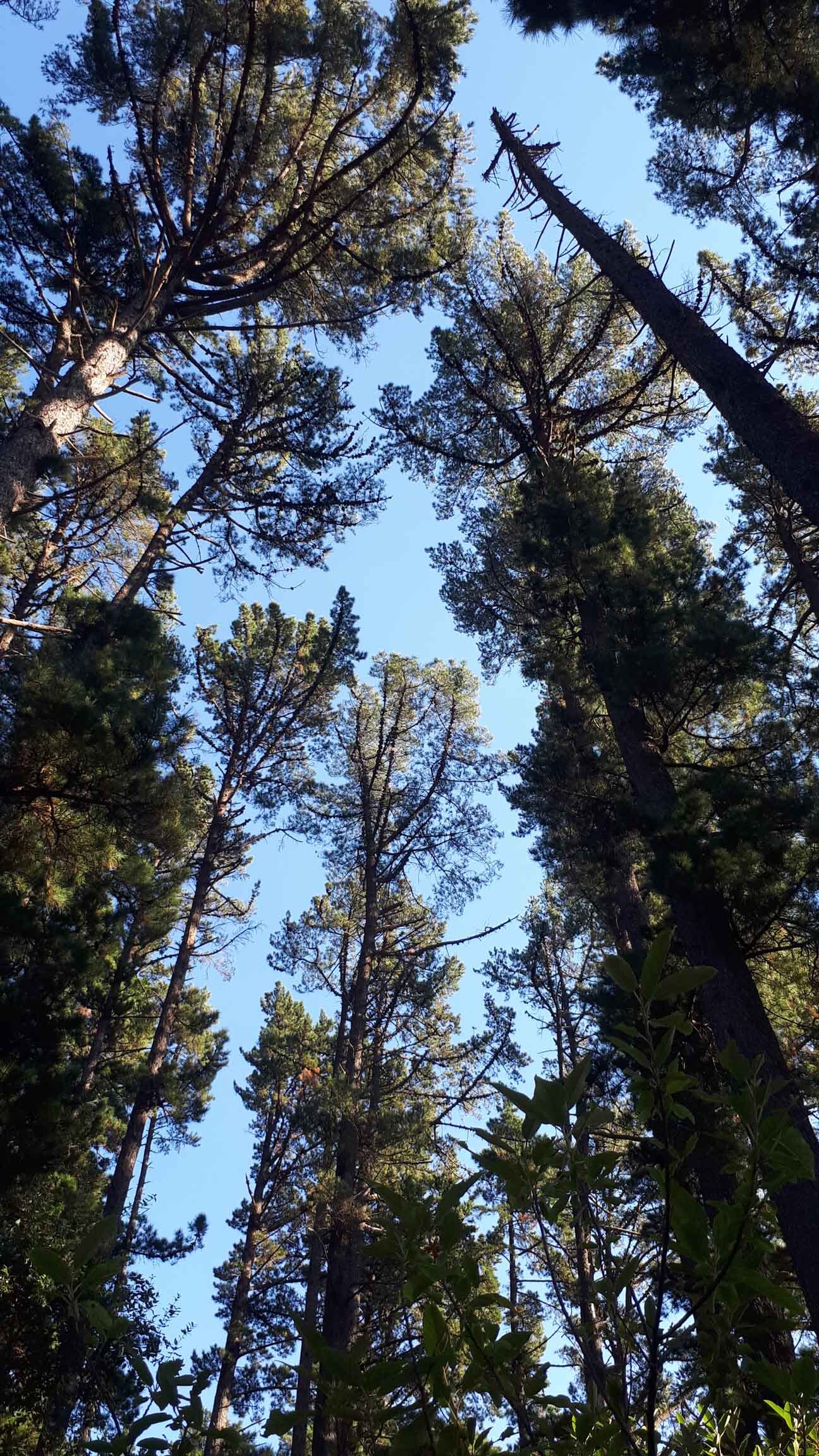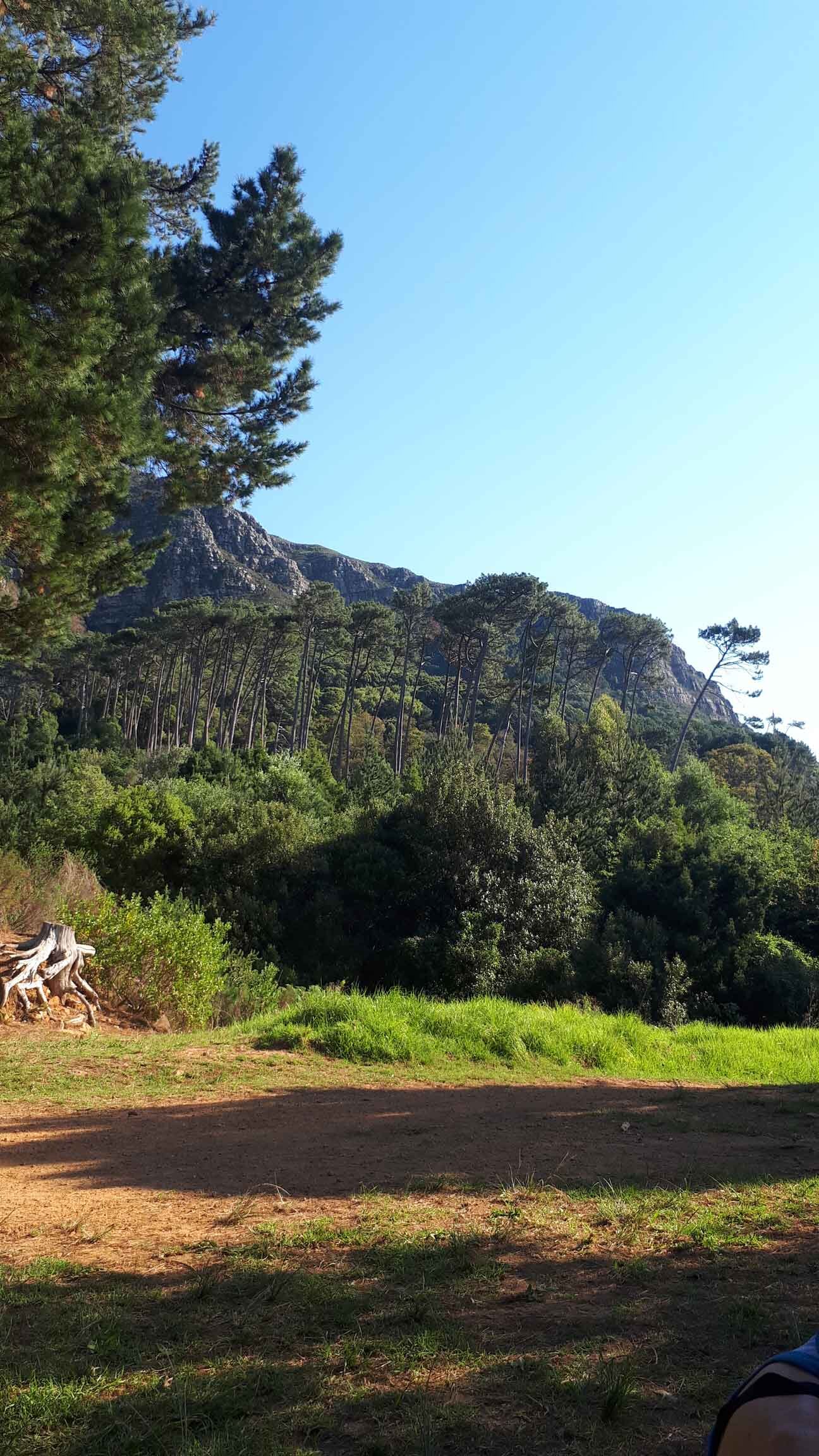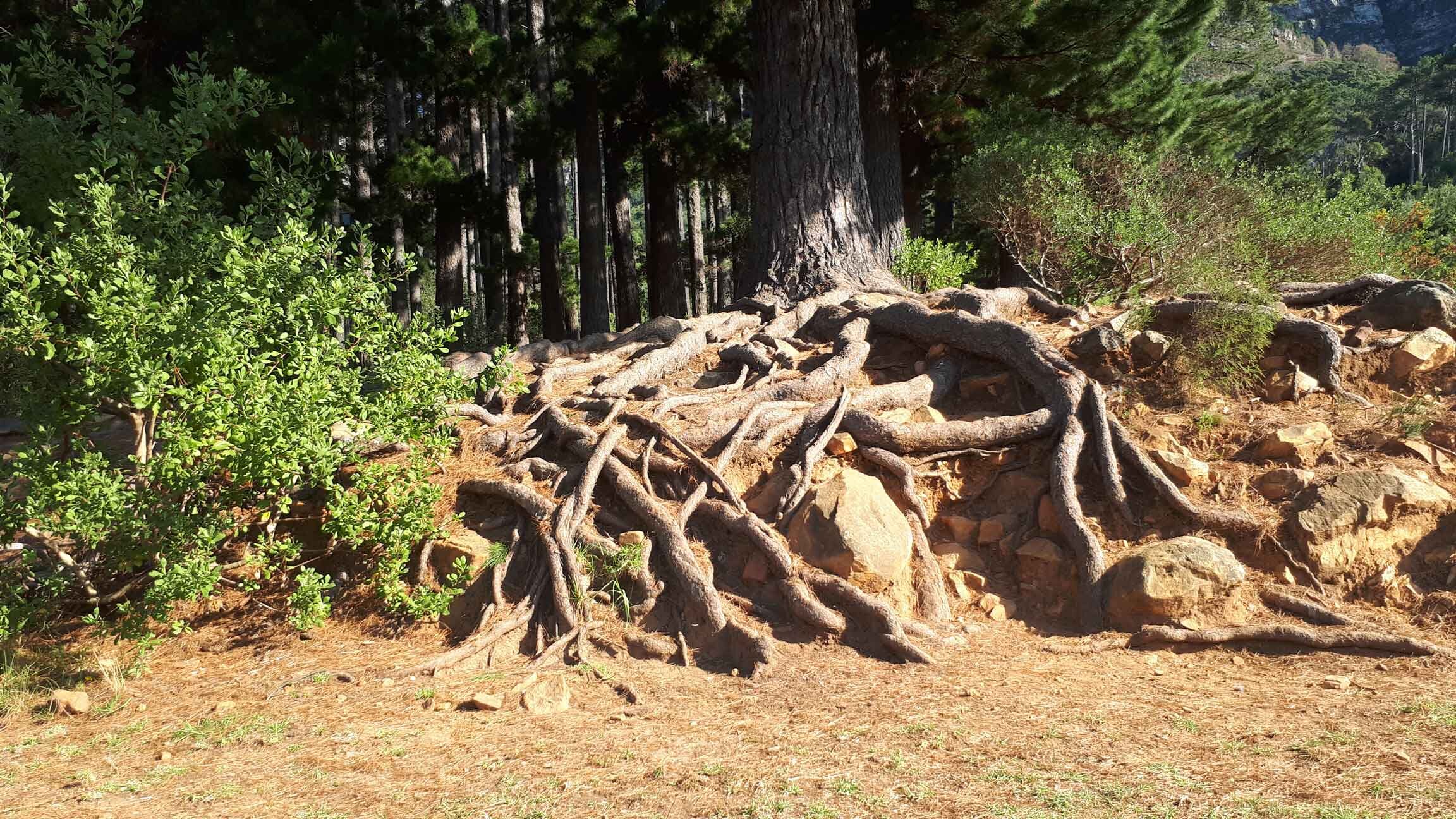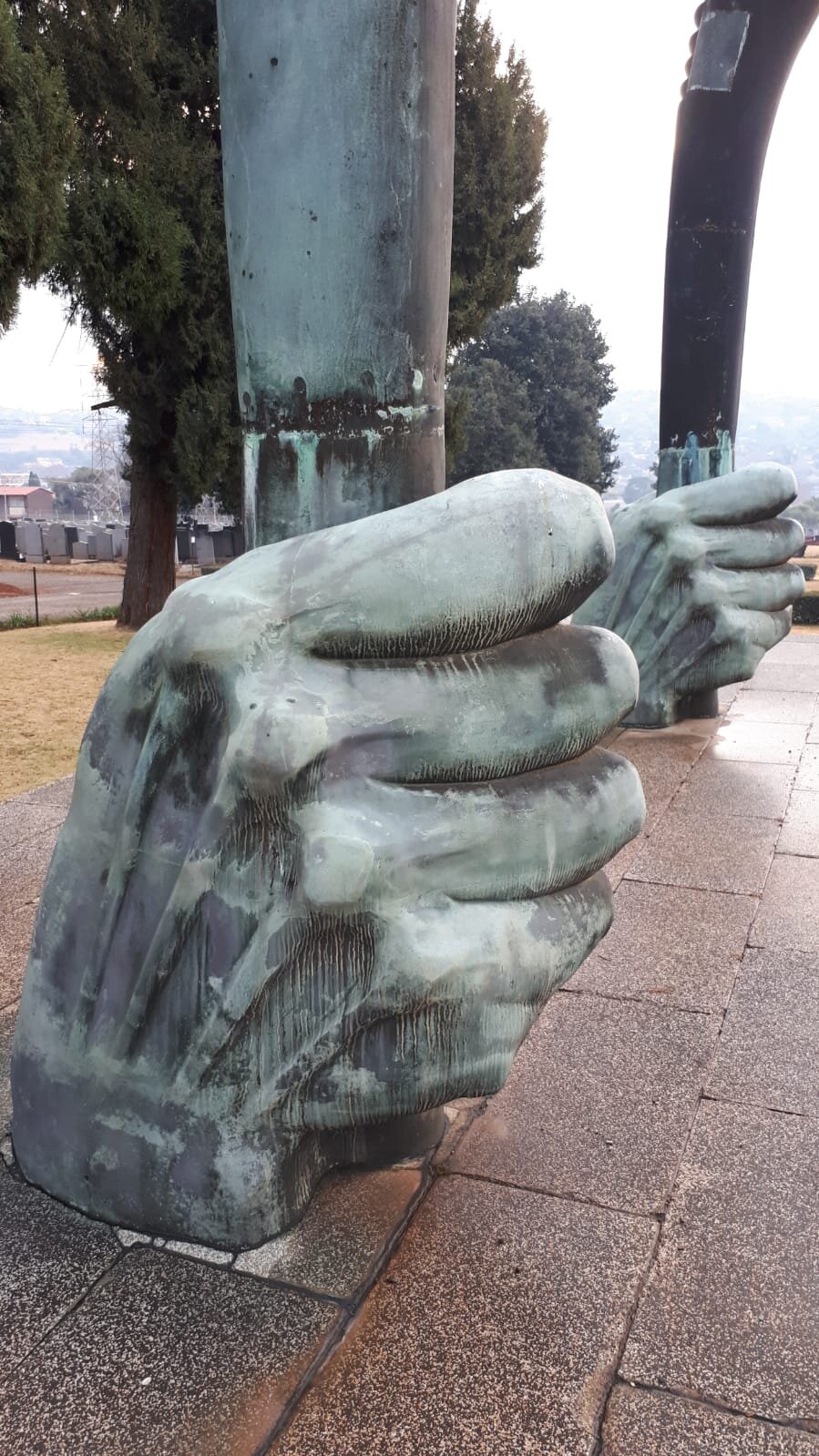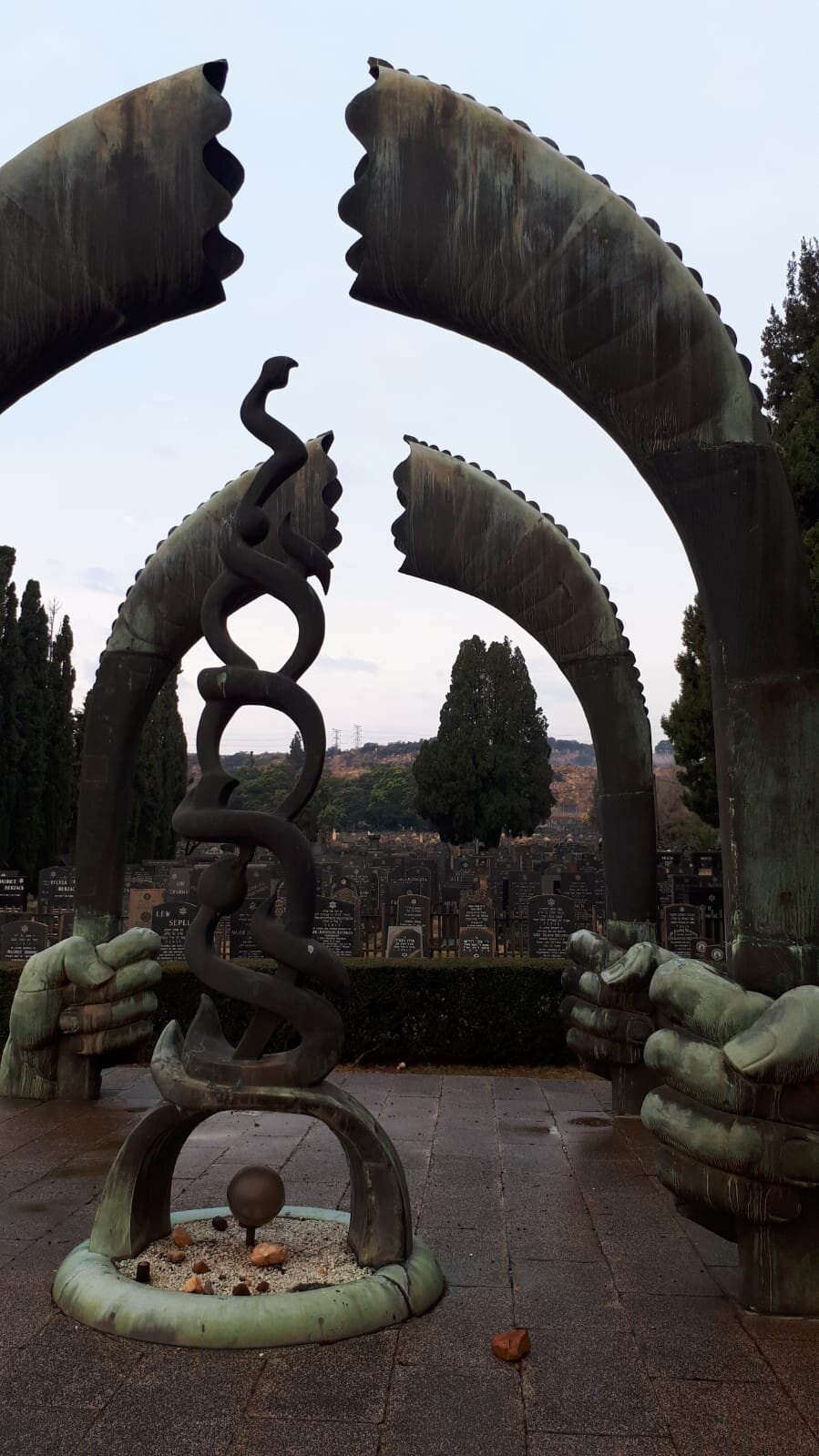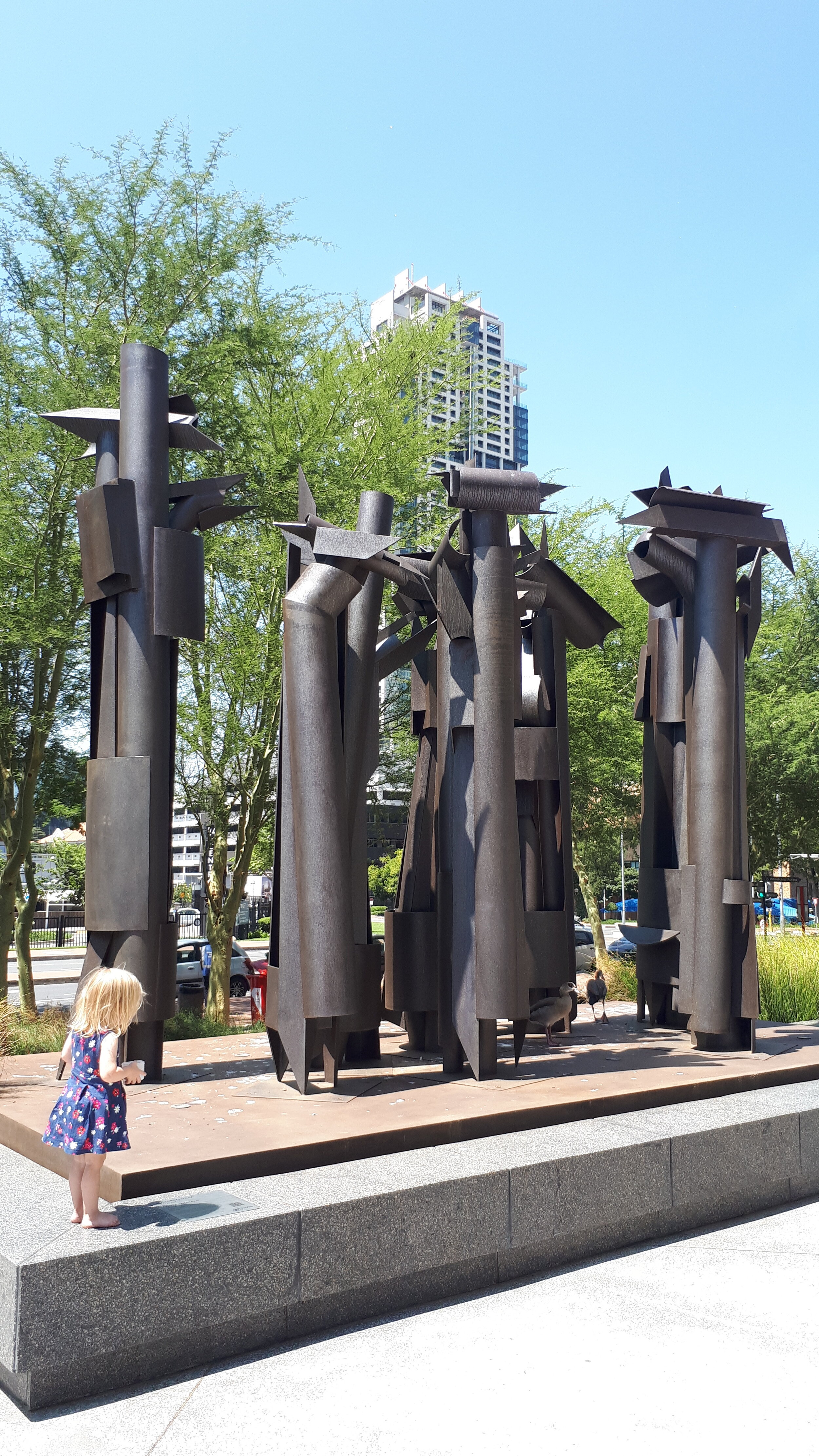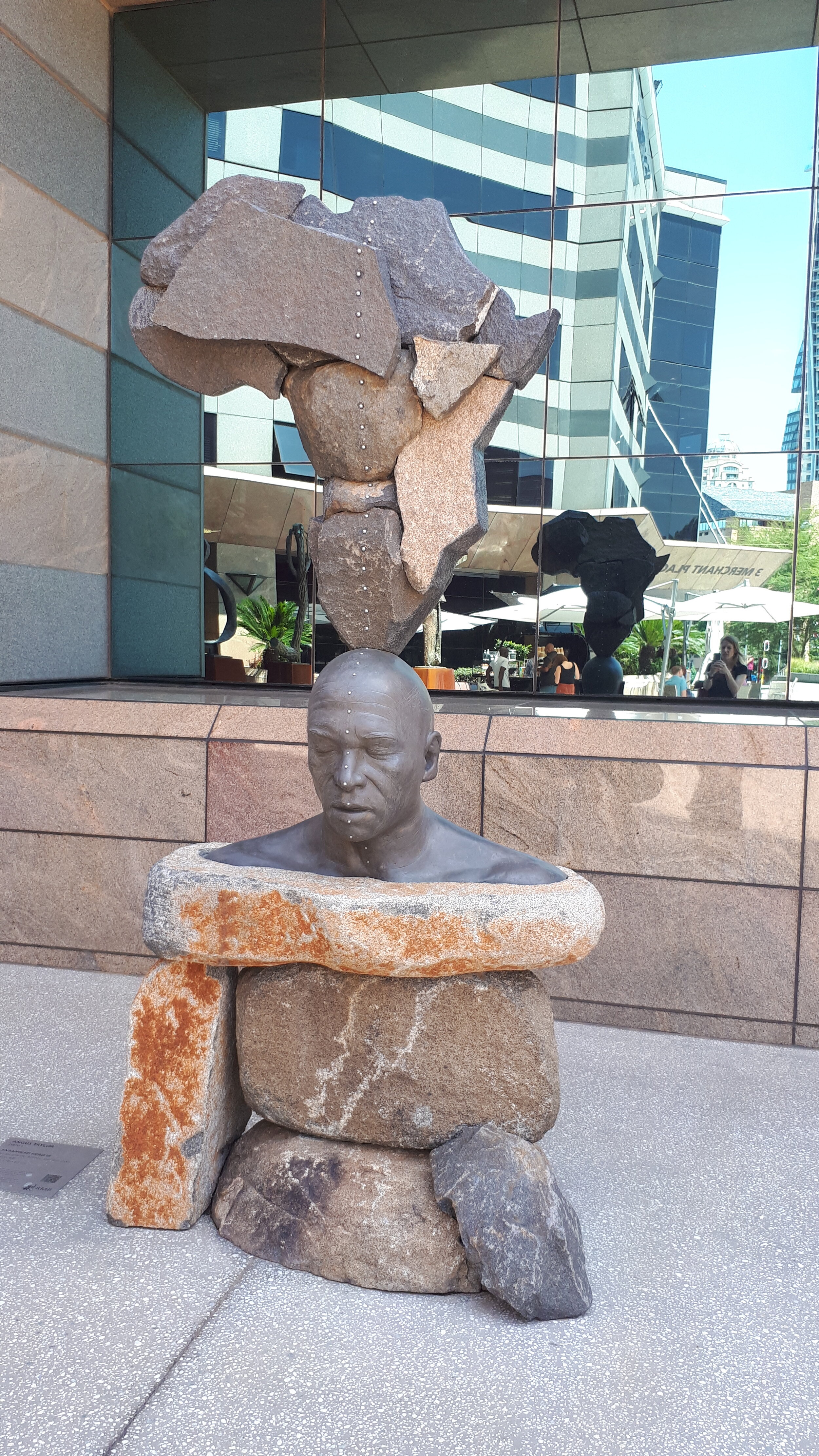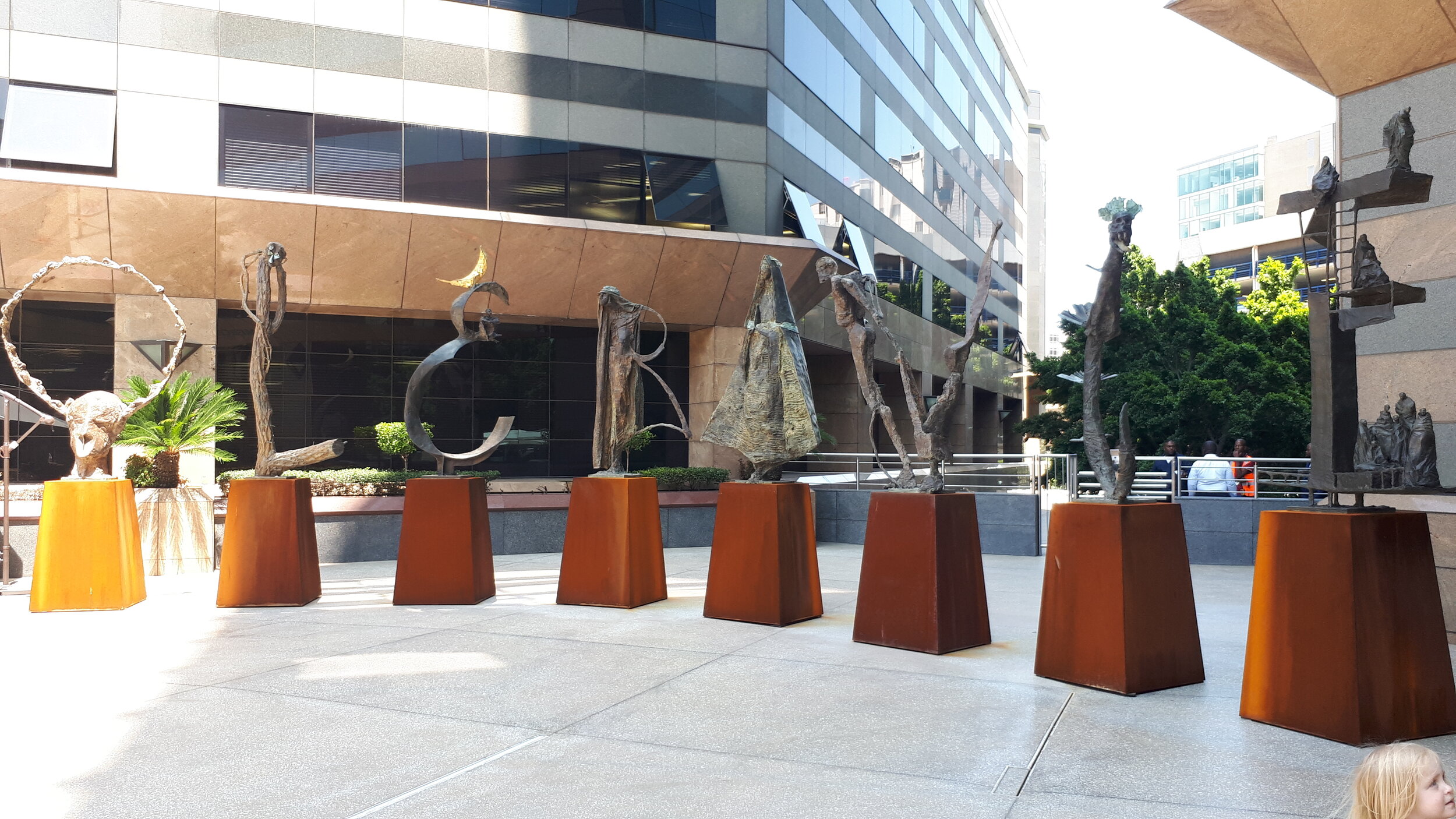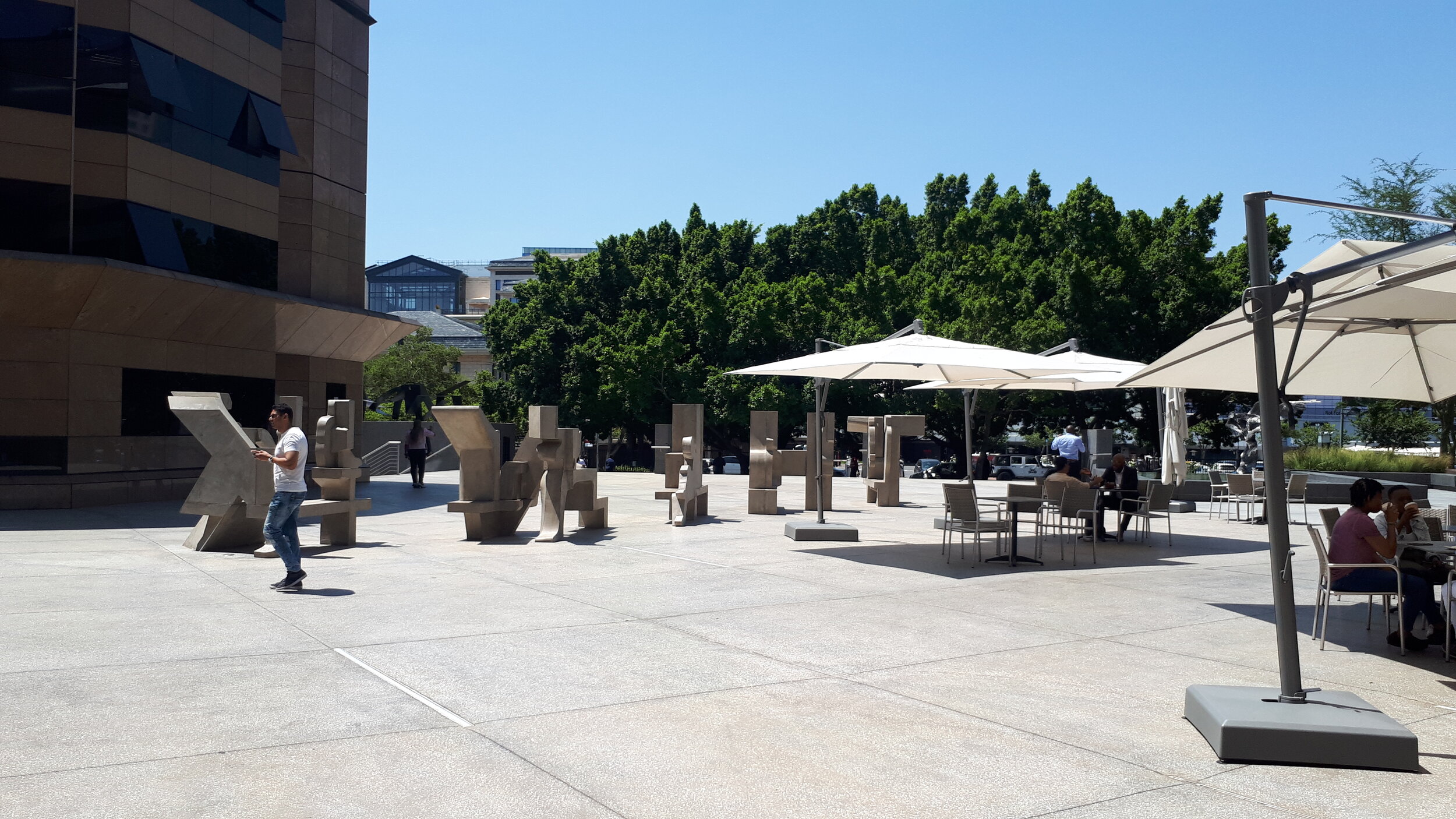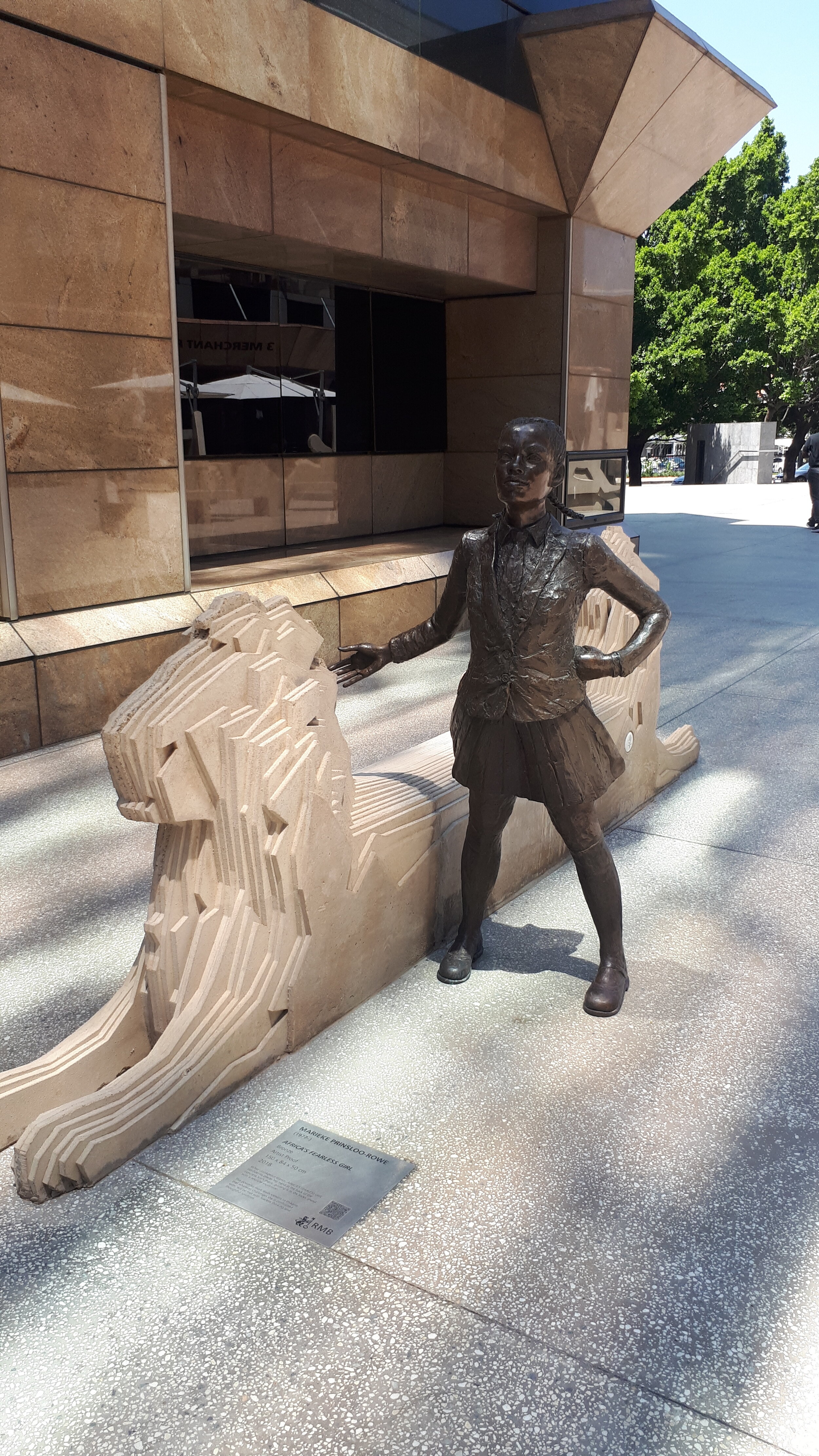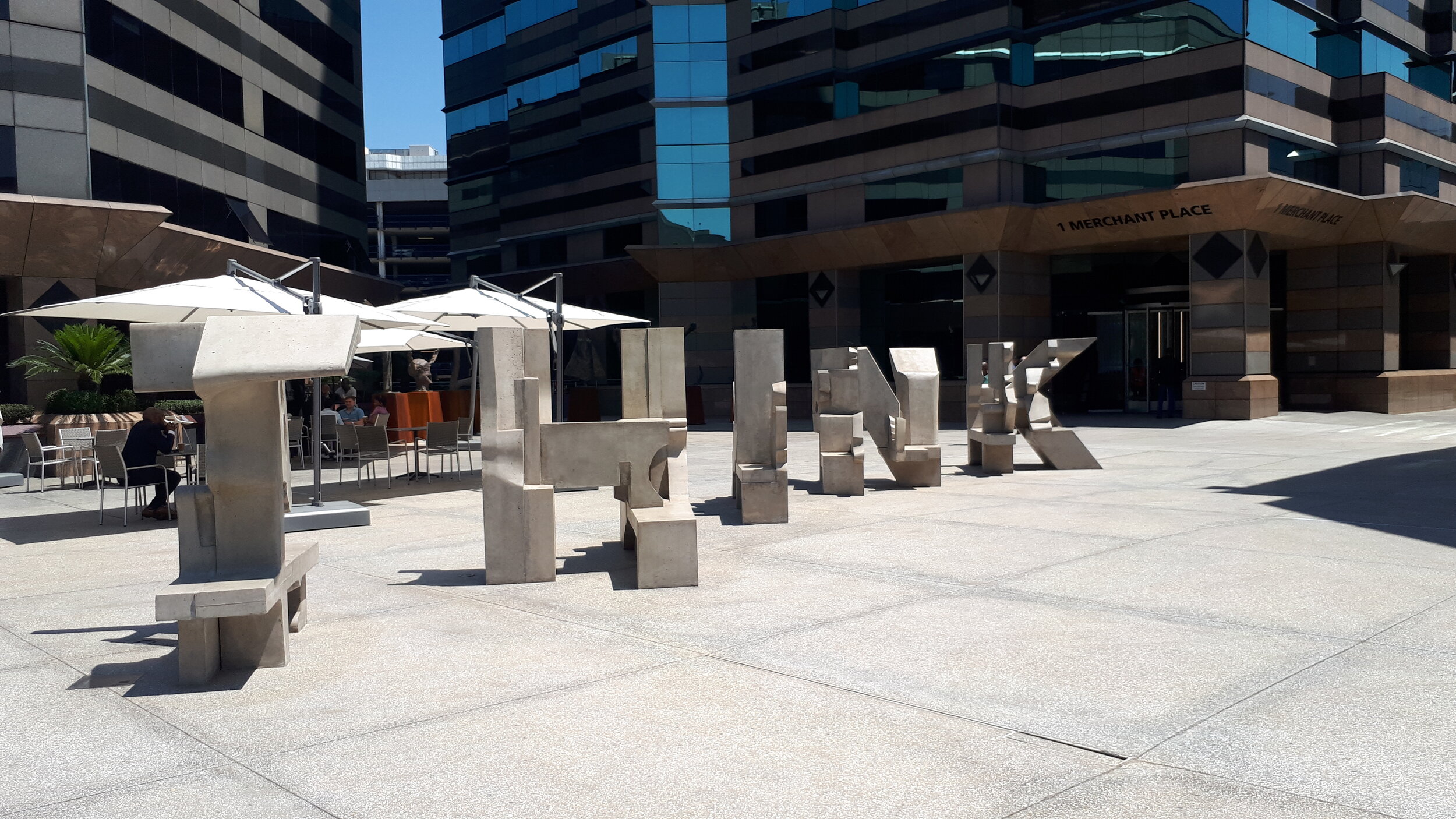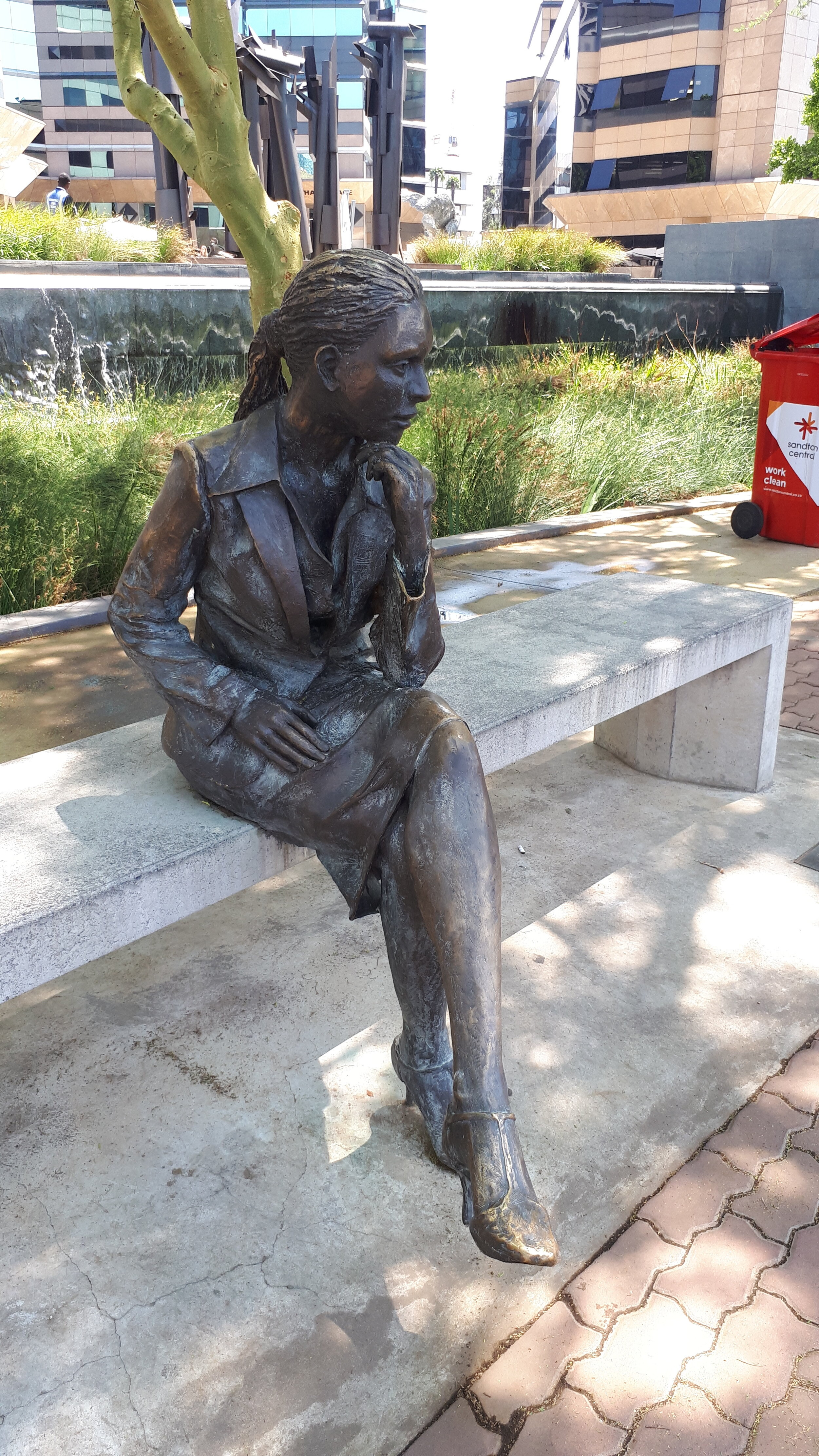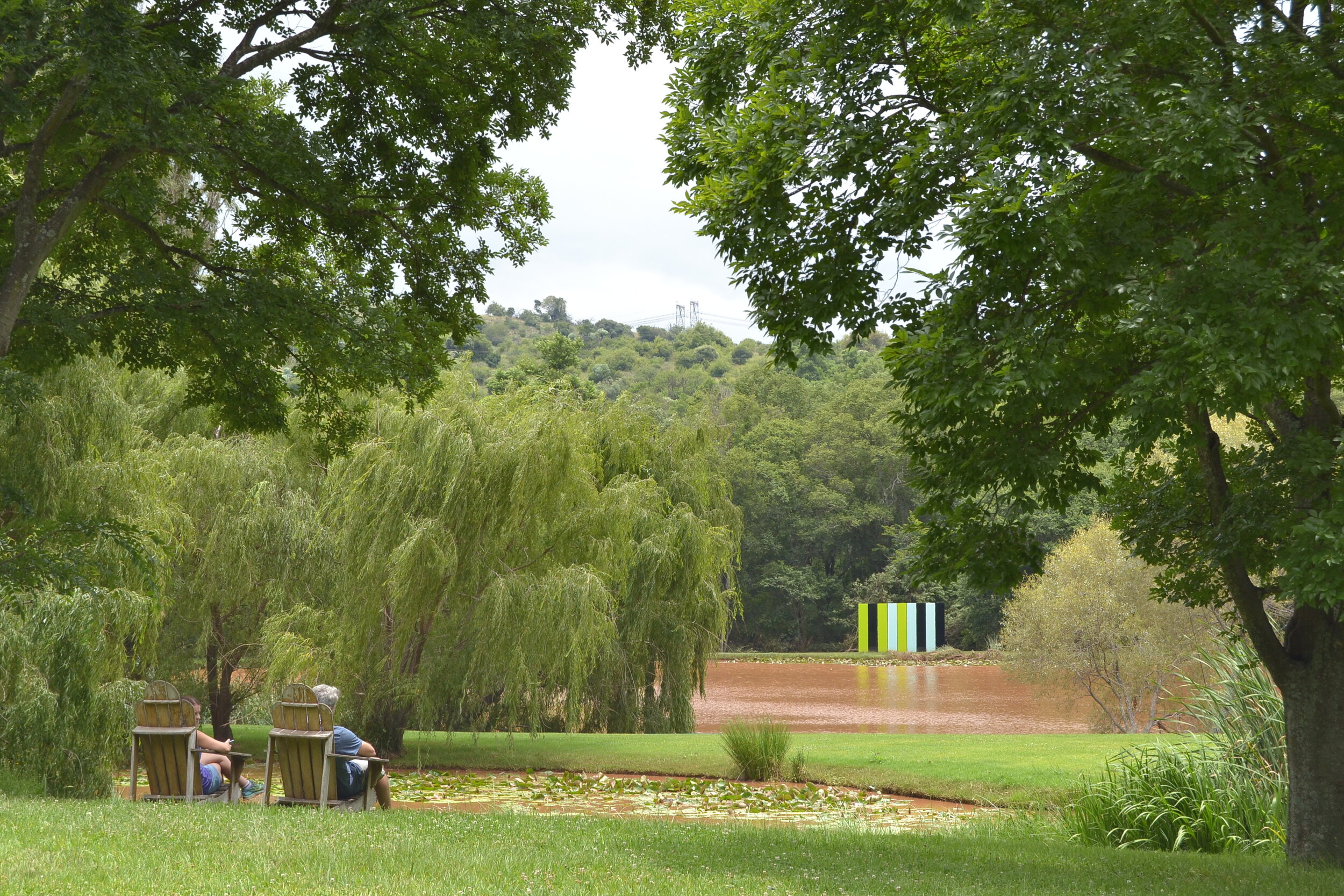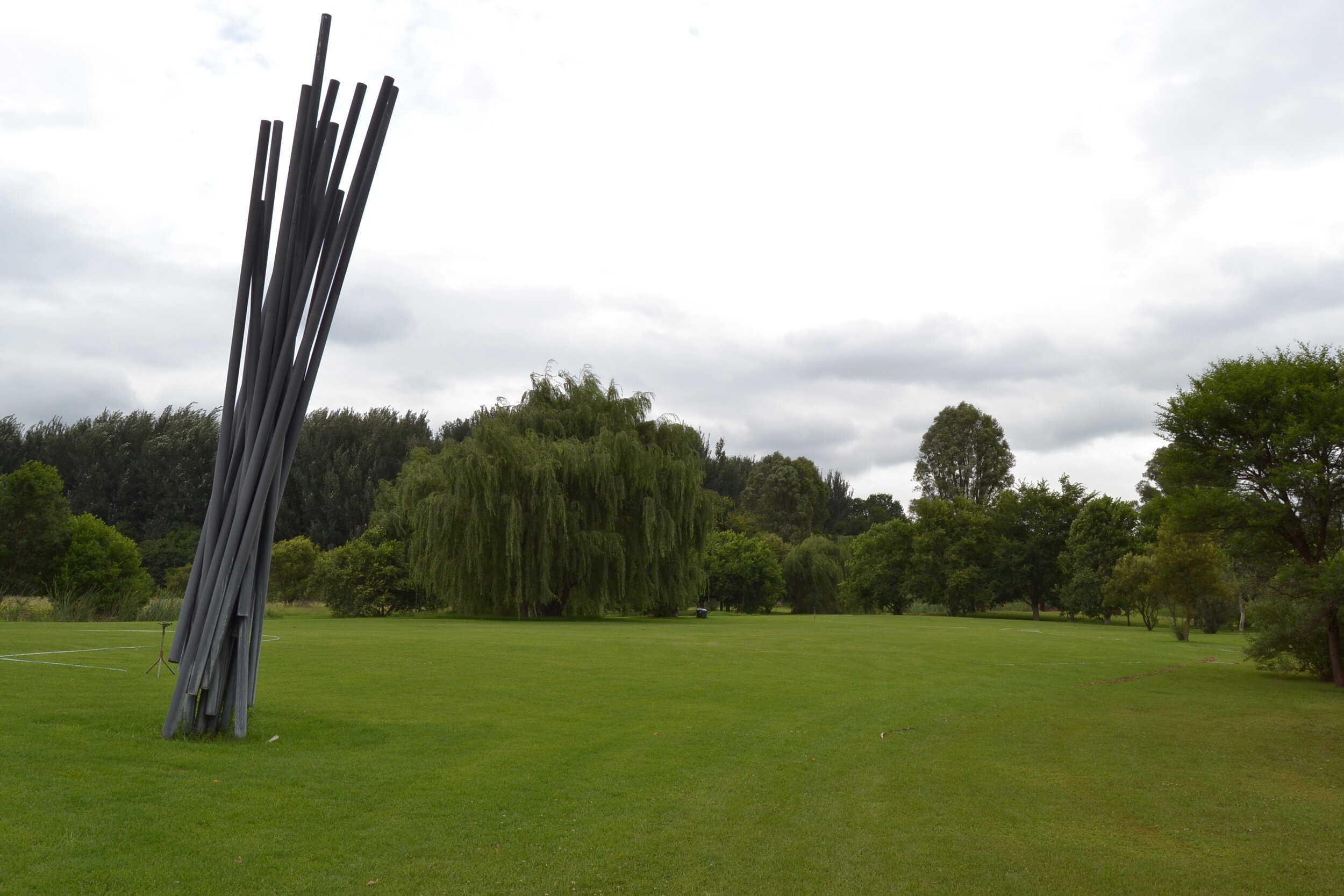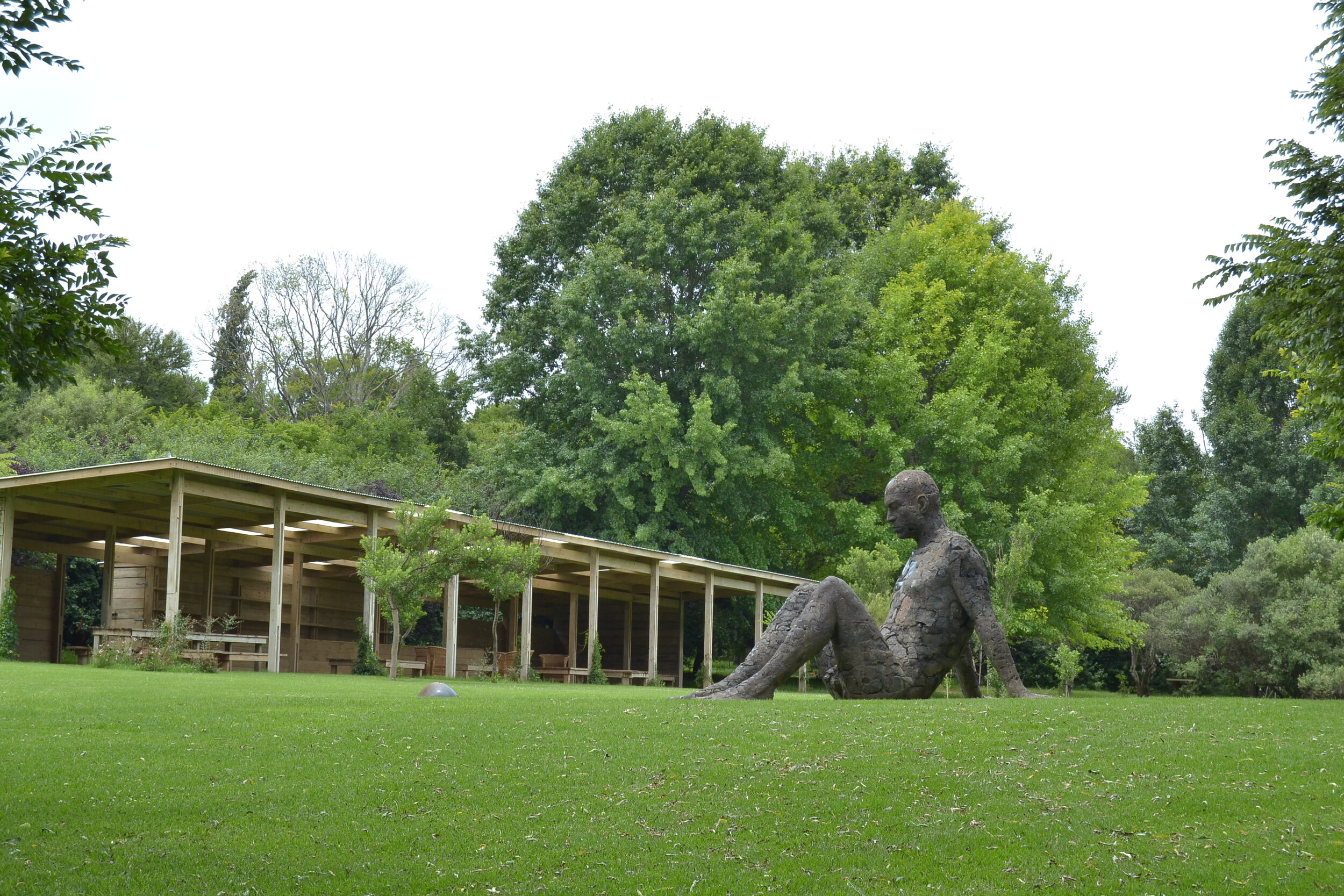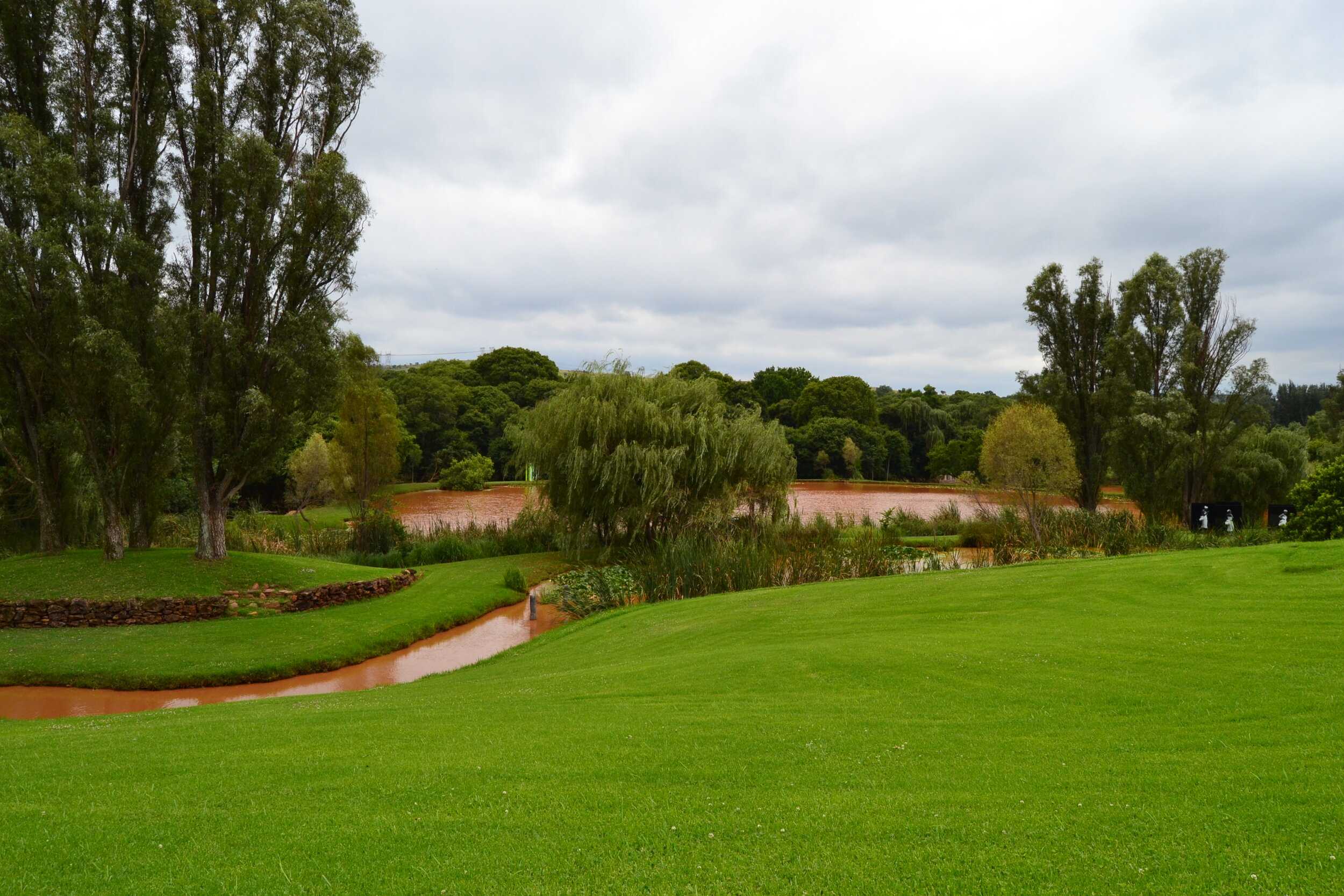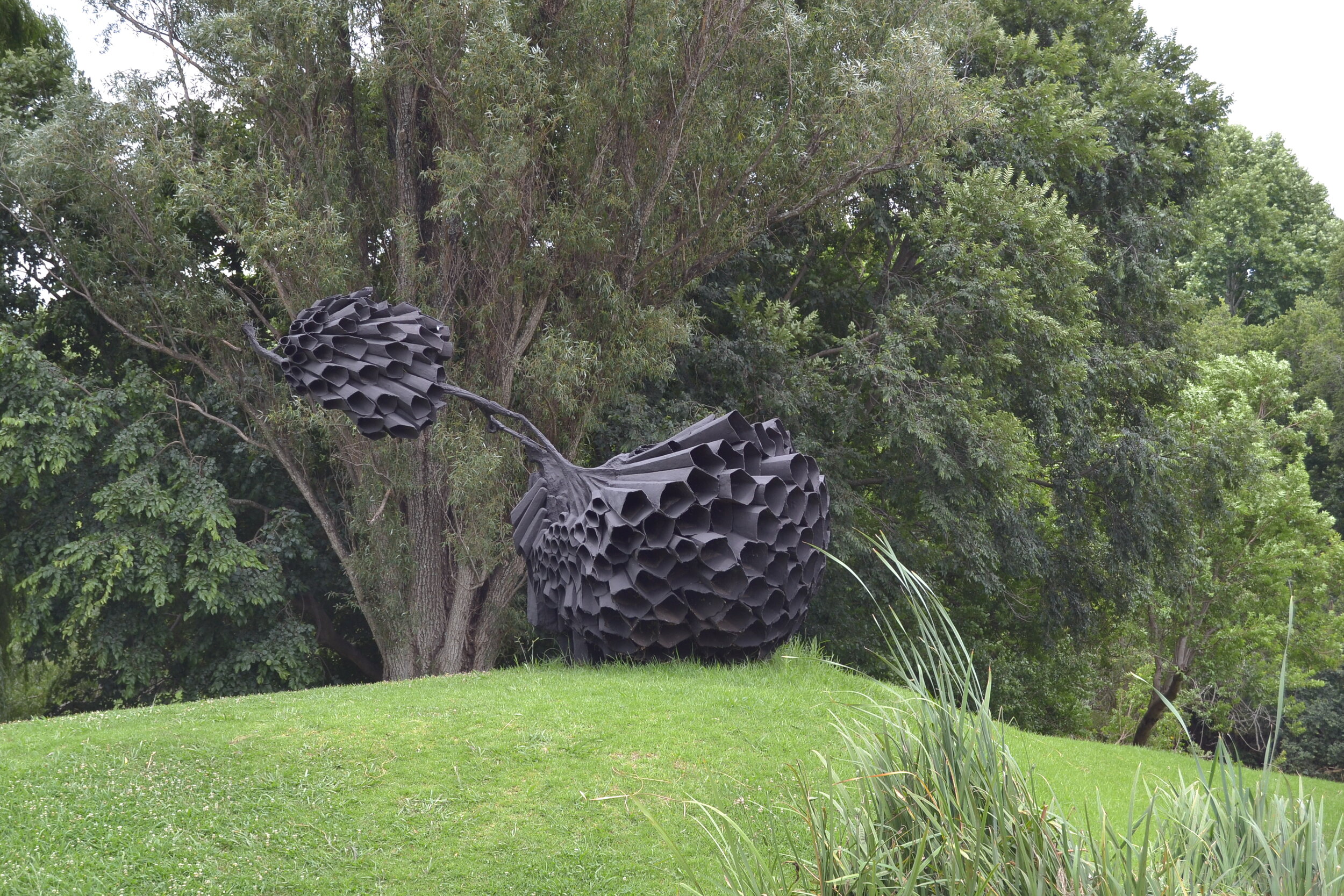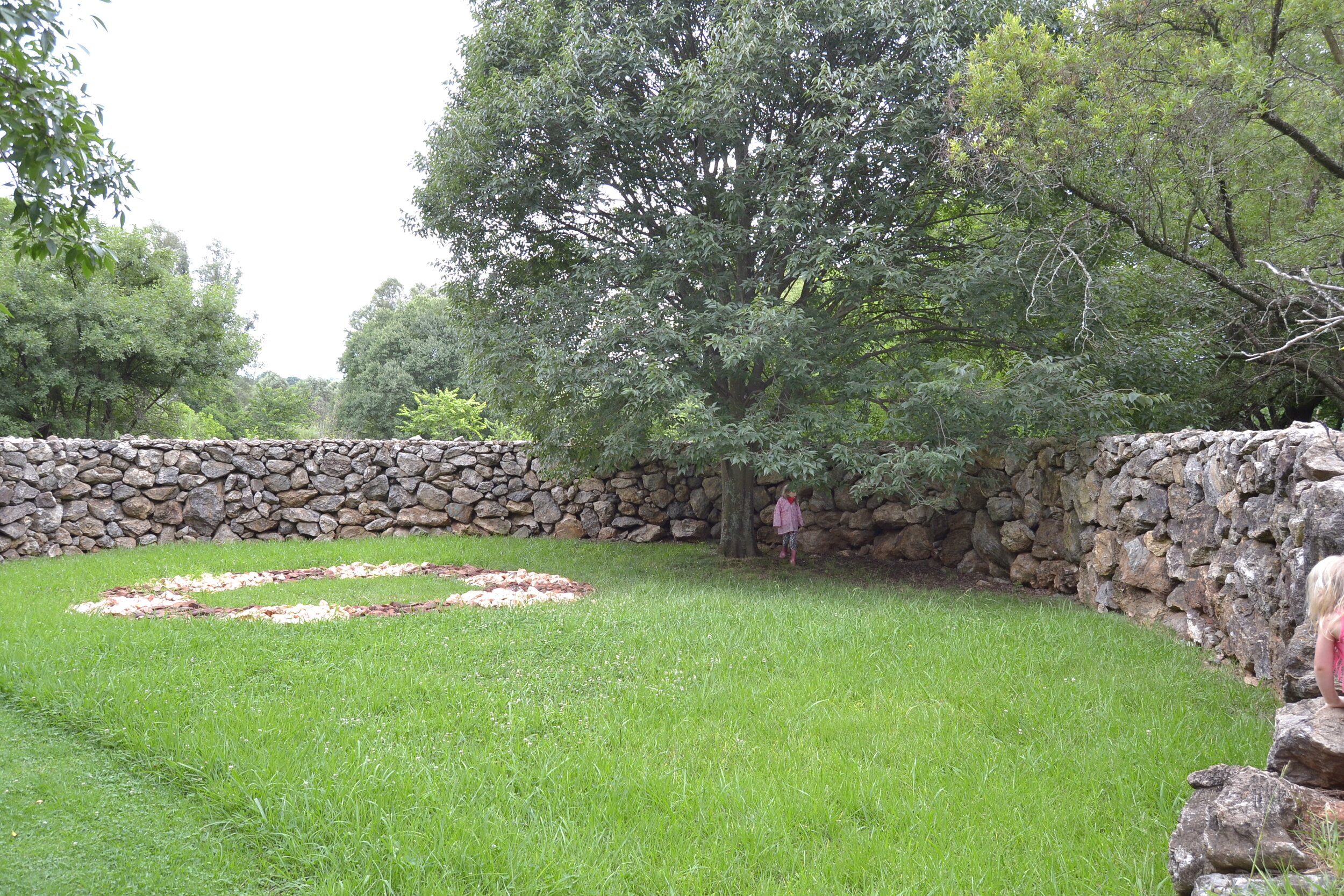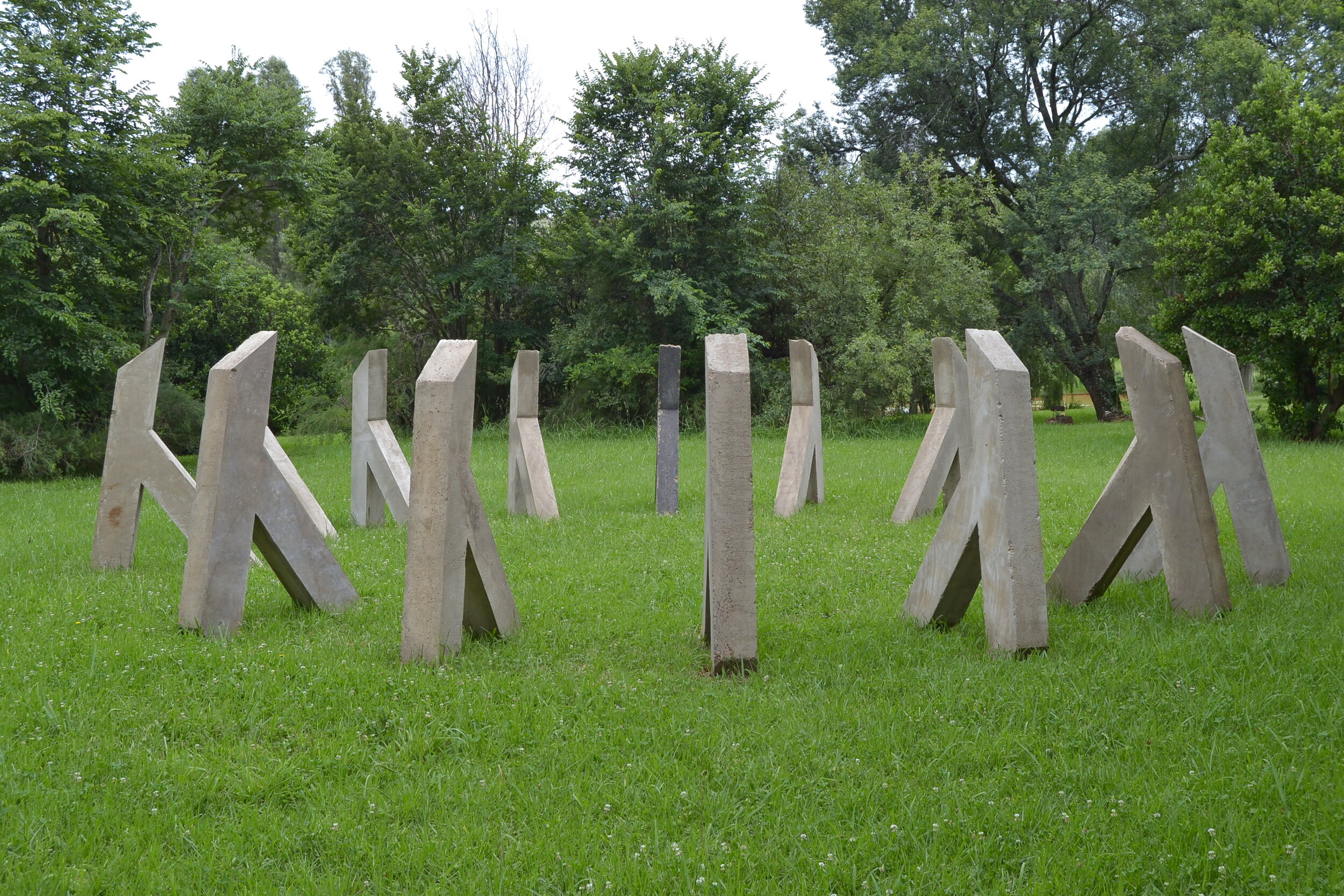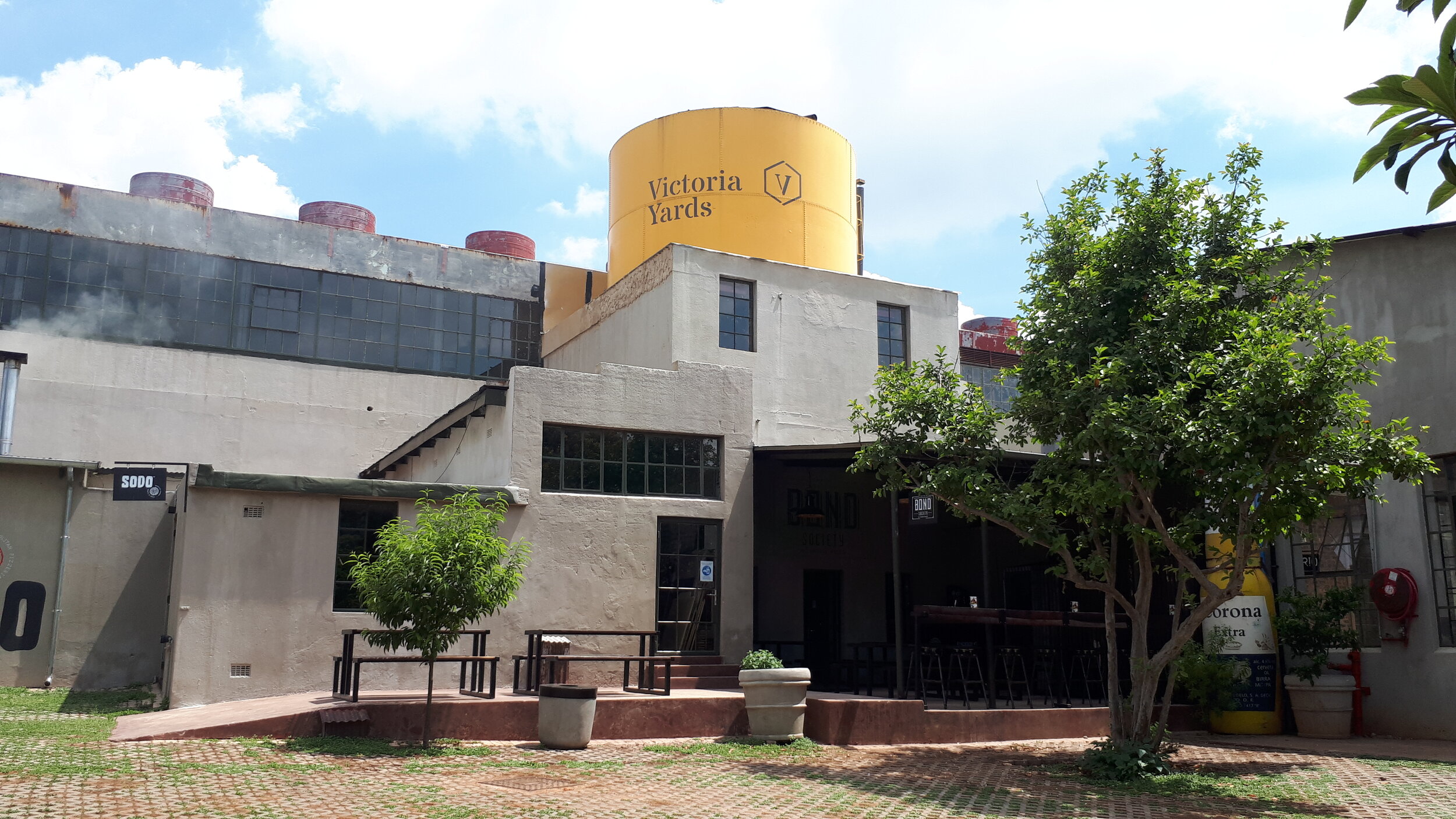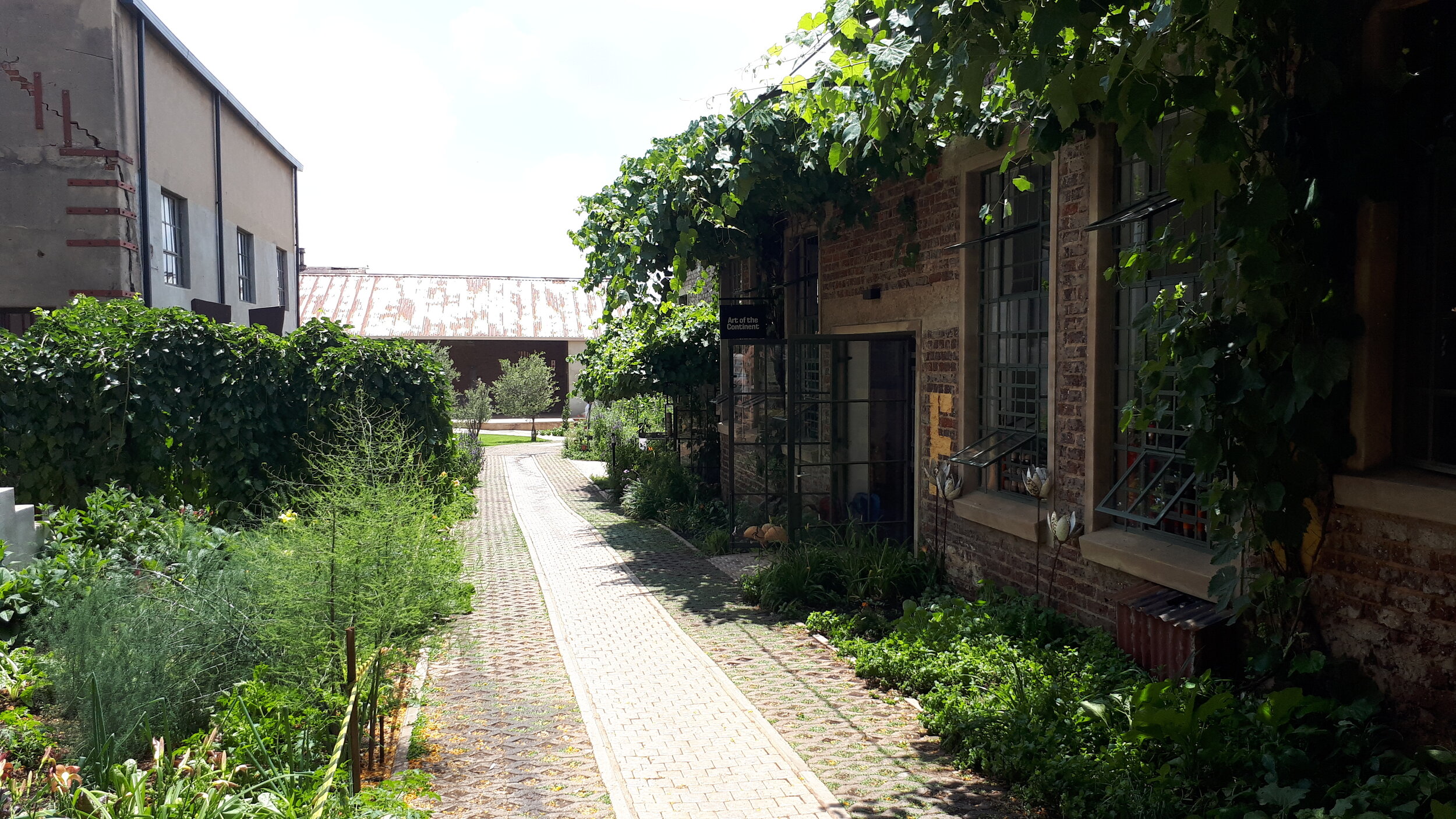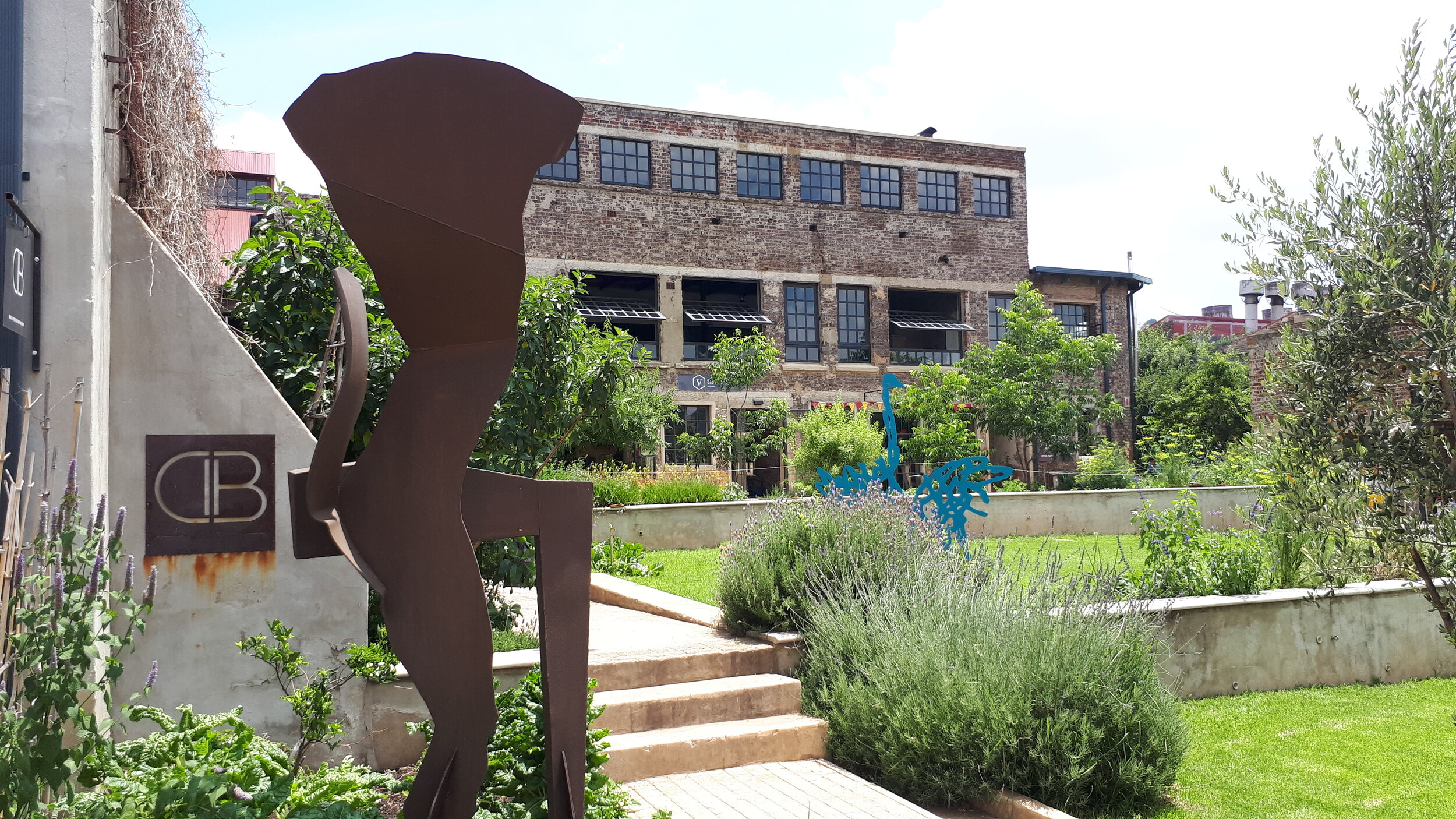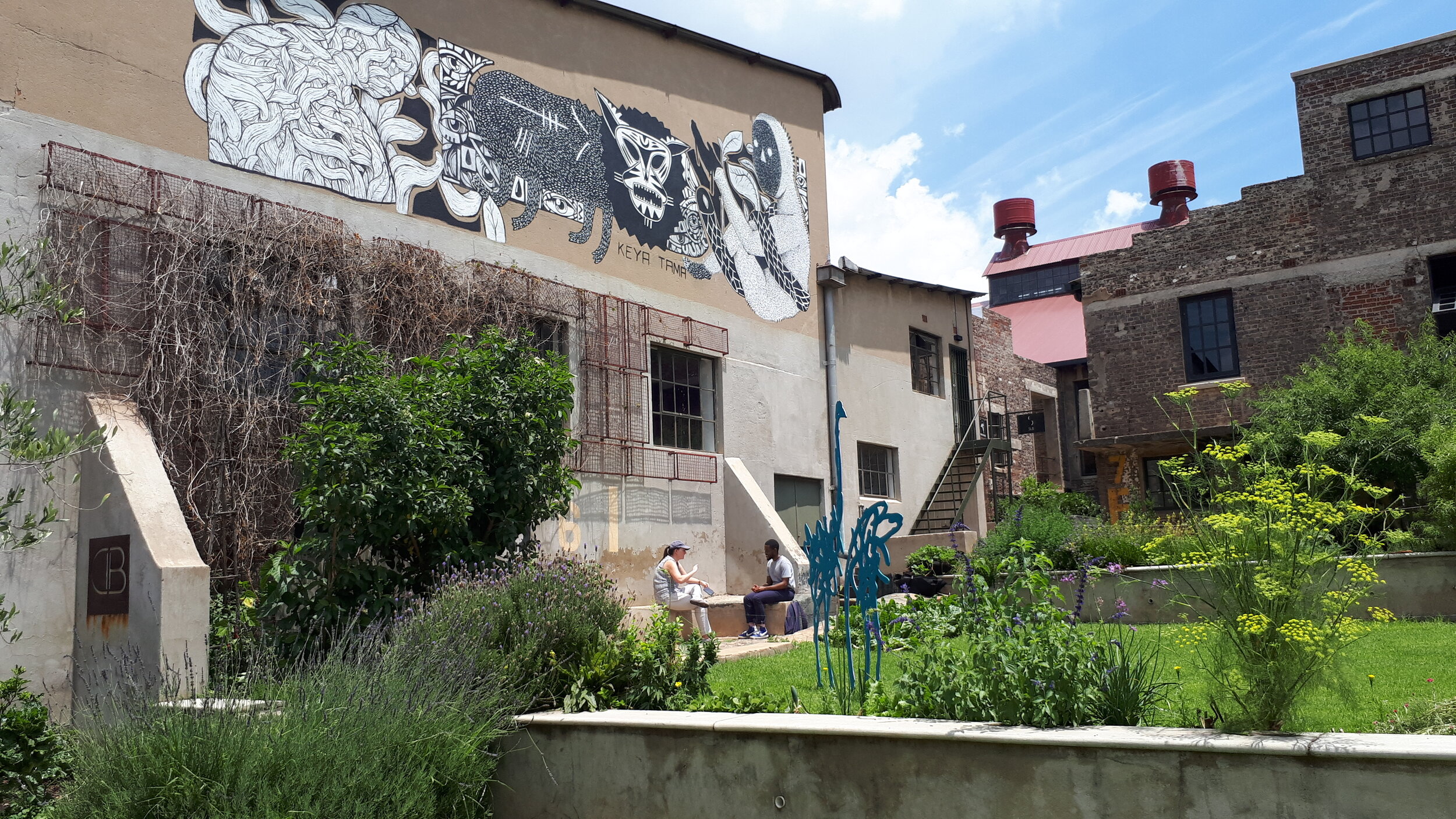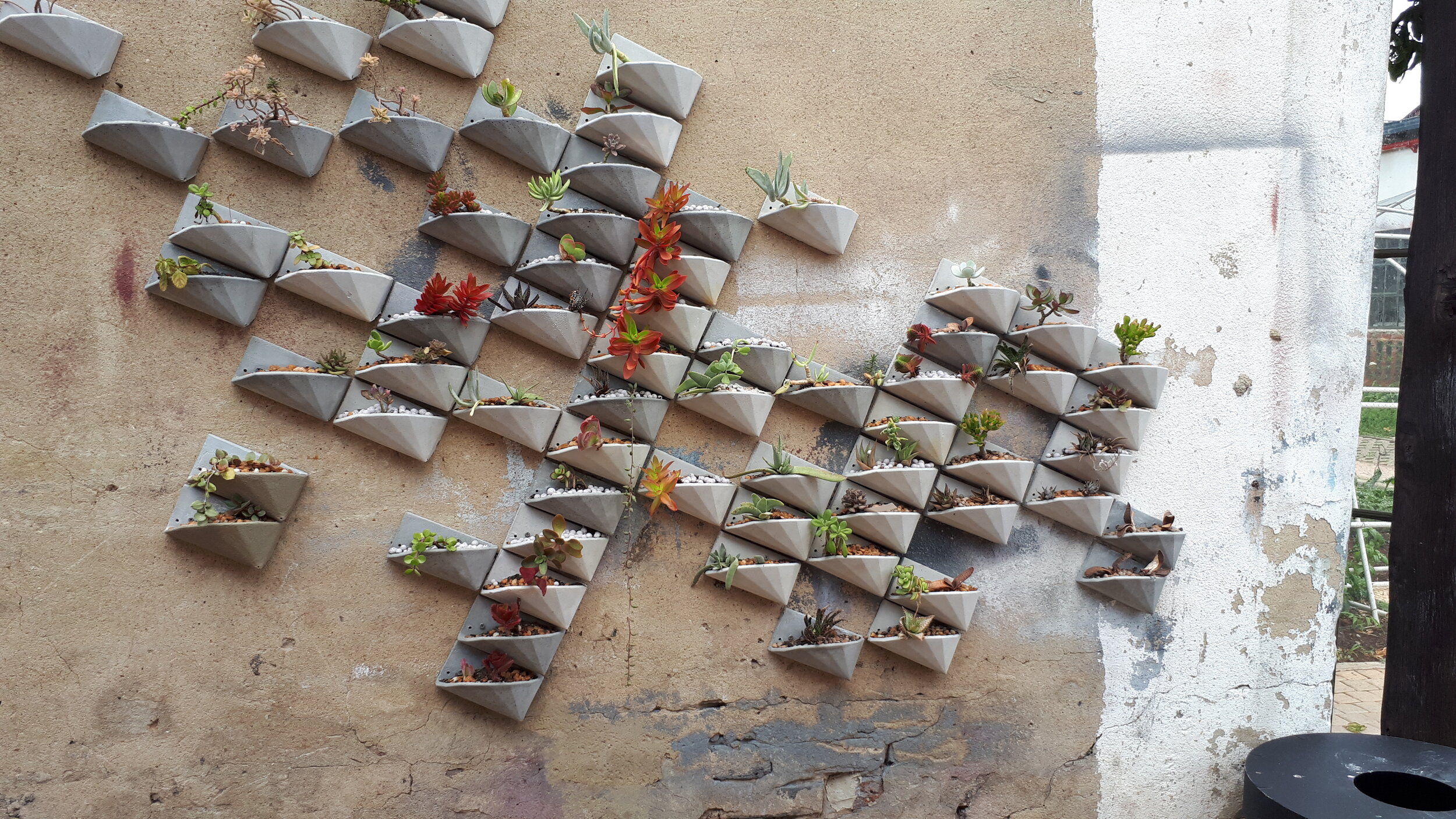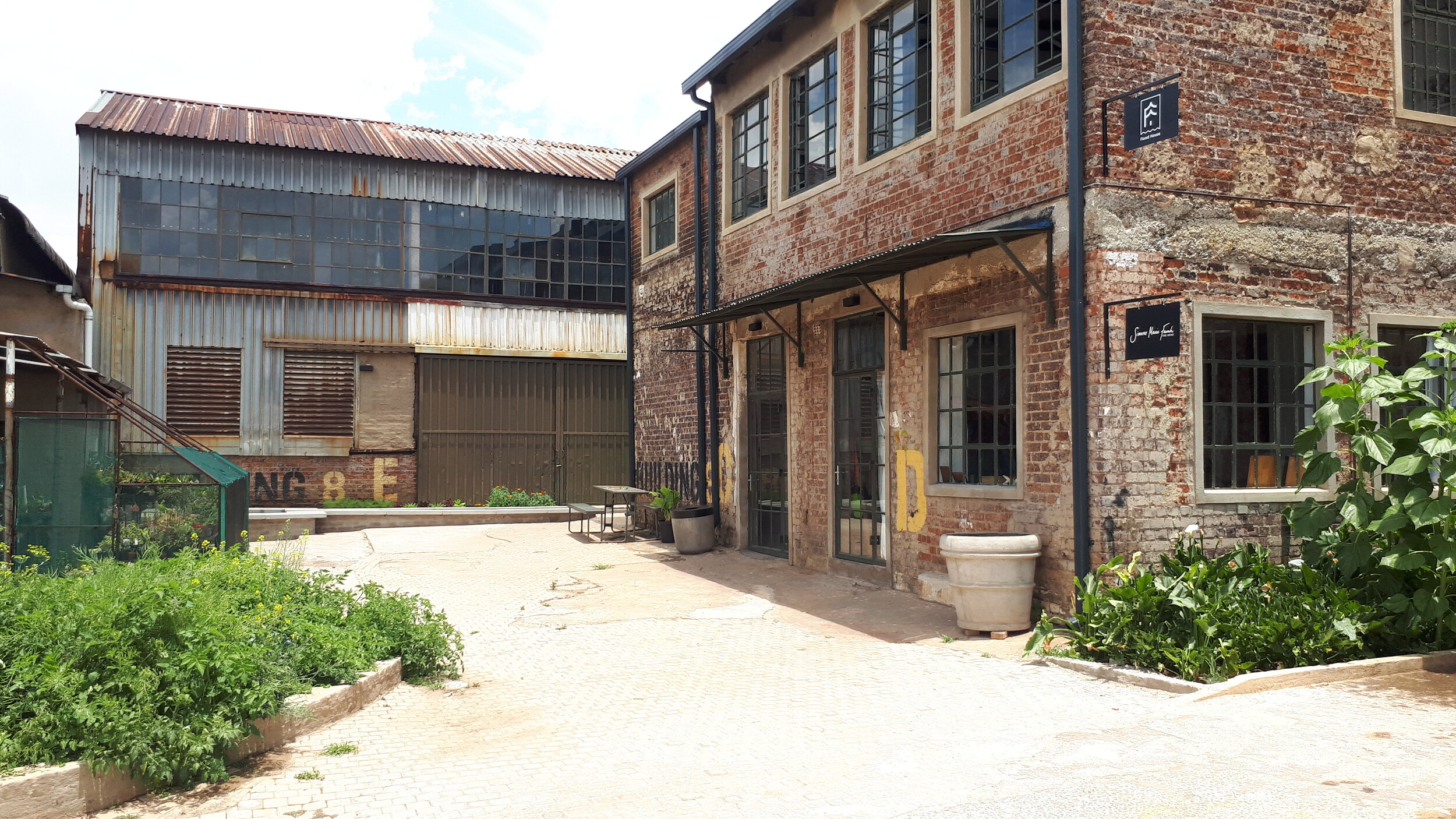We travelled to Kwa-Zulu Natal post lockdown to the small seaside town of Salt Rock, north of Ballito and Shaka’s Rock. The town is a popular holiday destination and has beautiful beaches and a lovely new shopping centre called Mount Richmore Village.
Salt Rock is a family friendly beach and Granny’s Pools is a popular spot for young kids as the water is clear, calm and shallow. Another feature my kids loved was the historic tidal pools built into the rocks in front of the Salt Rock caravan park.
I contacted the Salt Rock Hotel Beach Resort to ask them for any insights into the history of the tidal pools. Evan Mitchell shared the following, “The Salt Rock tidal pools were built in the forties by sugar cane farmer Basil Hulett, grandfather of the current owners of the hotel and great grandson of Sir Liege Hulett. He was the township developer who started Salt Rock and built the hotel and surrounding golf course and Country Club. He originally sold off very reasonably priced plots of land to his friends in an attempt to entice people to build homes and live in Salt Rock.” (see their website https://www.saltrockbeach.co.za/)
The Salt Rock Caravan Park and Campsite overlooks the Tidal pool
The walls are built out of stone and mortar and create a unique sense of place. The pools are created by several concrete walls that fill up with water crashing over the rocks from the sea. Walking along the walls and up to the small lookout is an adventure for young and old alike A highlight for my kids was the stream of overflow water that cascades into a small waterfall on the side of the tidal pool where the small stream runs back to meet the ocean.
Waves crashing into the tidal pool
Exploring the Lookout Point
There is another tidal pool at Thompsons Beach (a 5 minute drive from main salt rock beach) which is larger but also has more fish and other coral in it, including sea urchins. A good spot for snorkeling as we even enjoyed watching the beautiful fish from the side.
There is an indigenous nursery called Claremont Farm (http://claremontfarm.co.za/) nearby which I was hoping to visit but didn’t get to fit it in. Hopefully next time!












